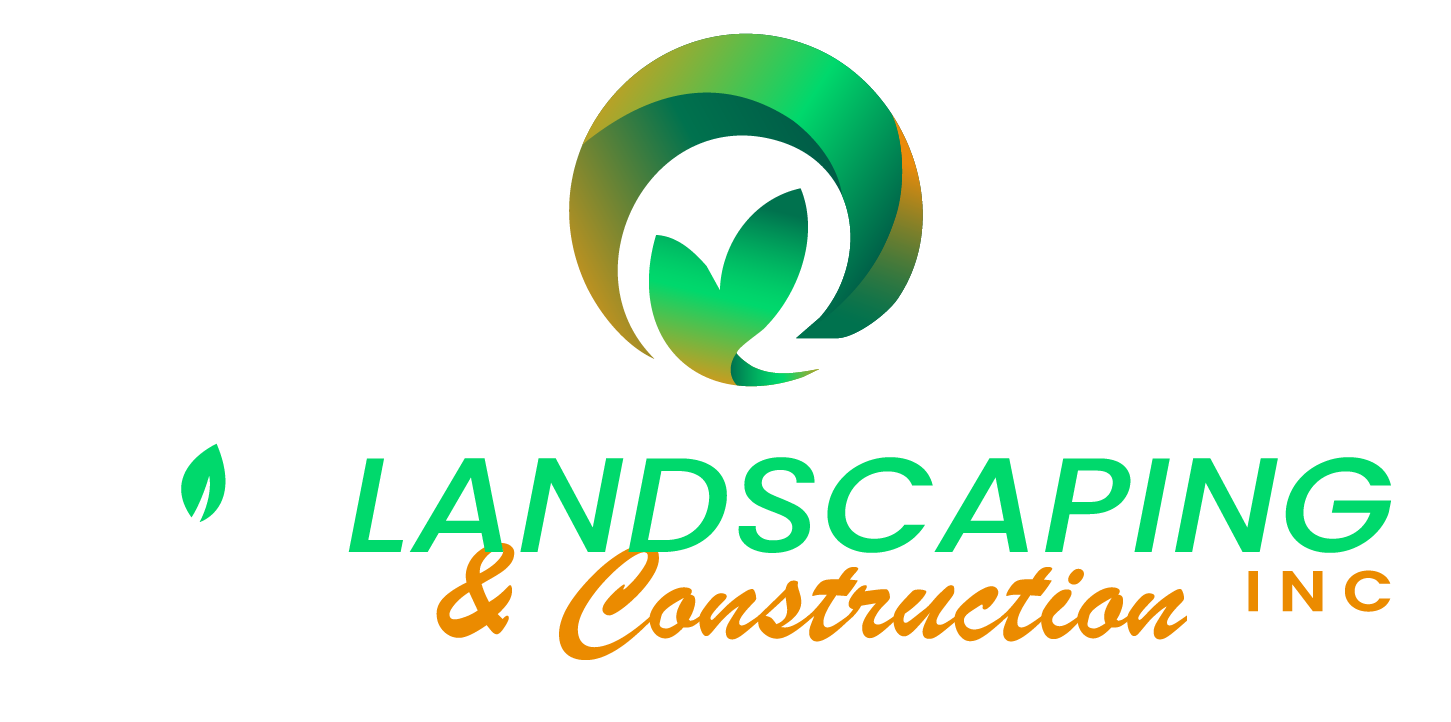Ever noticed a soggy patch in your yard after a heavy rain? Or maybe your driveway runoff seems to wash away mulch and leave behind a mess? If so, you’re not alone—and you’re in luck. One of the smartest, most eco-friendly ways to deal with water runoff is also one of the prettiest: rain gardens.
These lush, shallow garden beds don’t just soak up water—they filter pollutants, reduce erosion, and attract pollinators. Let’s explore why more homeowners and landscapers are embracing rain gardens as a practical and beautiful landscaping choice.
What Is a Rain Garden?
A rain garden is a shallow, bowl-shaped planting bed designed to capture and absorb rainwater runoff from roofs, driveways, patios, or lawns. Instead of allowing water to rush into storm drains (taking pollutants with it), a rain garden holds the water temporarily, allowing it to slowly soak into the soil.
The plants in a rain garden are specifically chosen to thrive in wet and dry conditions, often including deep-rooted natives that help improve soil structure and water absorption.
Fun fact:
According to the EPA, up to 70% of the pollution in U.S. waterways comes from stormwater runoff—making rain gardens an effective grassroots (literally) solution to a growing problem.
Benefits of Installing a Rain Garden
It’s not just about looks—though they’re certainly a visual upgrade. Here are some of the major benefits:
1. Reduces Stormwater Runoff
Instead of letting water run straight into storm drains or low spots in your yard, rain gardens slow it down and absorb it. This reduces flooding and erosion while replenishing groundwater.
2. Improves Water Quality
Rain gardens trap and filter out pollutants like oil, fertilizer, pesticides, and sediments before they enter nearby streams or rivers.
3. Supports Local Wildlife
These gardens are magnets for butterflies, bees, and birds—especially if you plant native flowers and grasses. They help restore local ecosystems in urban and suburban settings.
4. Low Maintenance Once Established
After the first growing season, most rain gardens require only occasional weeding, mulching, and watering. Plus, they don’t need fertilizers or pesticides—nature does the work for you.
5. Increases Curb Appeal
Done right, rain gardens are eye-catching landscape features that add structure, color, and variety to your yard. You can customize the shape, plants, and materials to fit your design style.
What Goes Into a Rain Garden?
Building a rain garden takes some planning, but it’s entirely doable for a motivated DIYer or with the help of a landscaping professional.
Key elements include:
- Location: Choose a low-lying area that collects runoff naturally—but at least 10 feet away from your foundation.
- Soil: The site needs well-draining soil or a specially prepared mix of sand, compost, and topsoil to prevent standing water.
- Plants: Use a mix of moisture-tolerant and drought-resistant plants—native species are best for hardiness and environmental benefits.
- Slope: A slight slope toward the rain garden helps guide runoff into the basin naturally.
- Mulch & Rock Borders: These help reduce erosion and keep the garden tidy.
Best Plants for Rain Gardens
Plant choice depends on your region, but here’s a starter list of popular North American natives that work well in most climates:
- Swamp milkweed – great for butterflies
- Black-eyed Susan – hardy and colorful
- Joe-Pye weed – tall, dramatic, and pollinator-friendly
- Blue flag iris – adds moisture-loving beauty
- Switchgrass – excellent for structure and erosion control
- Purple coneflower – drought-tolerant and striking
If you’re in a cold or hot climate, work with a local nursery or landscaper to select plants that thrive year-round.
Common Myths About Rain Gardens
Let’s clear up a few misconceptions:
- “They’re just swampy messes.” Not true! A well-designed rain garden should drain within 24–48 hours and look like a regular flower bed.
- “They attract mosquitoes.” Only if water pools for days—which it shouldn’t if built properly.
- “They’re expensive.” Rain gardens can be scaled to any budget. You can use existing soil, mulch, and plants to cut costs—or hire help for a full transformation.
Final Thoughts: Let Your Yard Work Smarter
Rain gardens are one of those rare landscaping features that check all the boxes: practical, attractive, environmentally responsible, and relatively low-maintenance.
If you’re looking for a way to make your yard more functional while helping the planet, this could be your next weekend project or professional upgrade. You’ll not only solve drainage problems—you’ll create a space that’s beautiful, beneficial, and buzzing with life.
Need help designing the perfect rain garden for your property? Reach out to your local landscaping expert or environmental center—they’ll help you get started with the right plan, plant list, and installation tips for long-term success.
